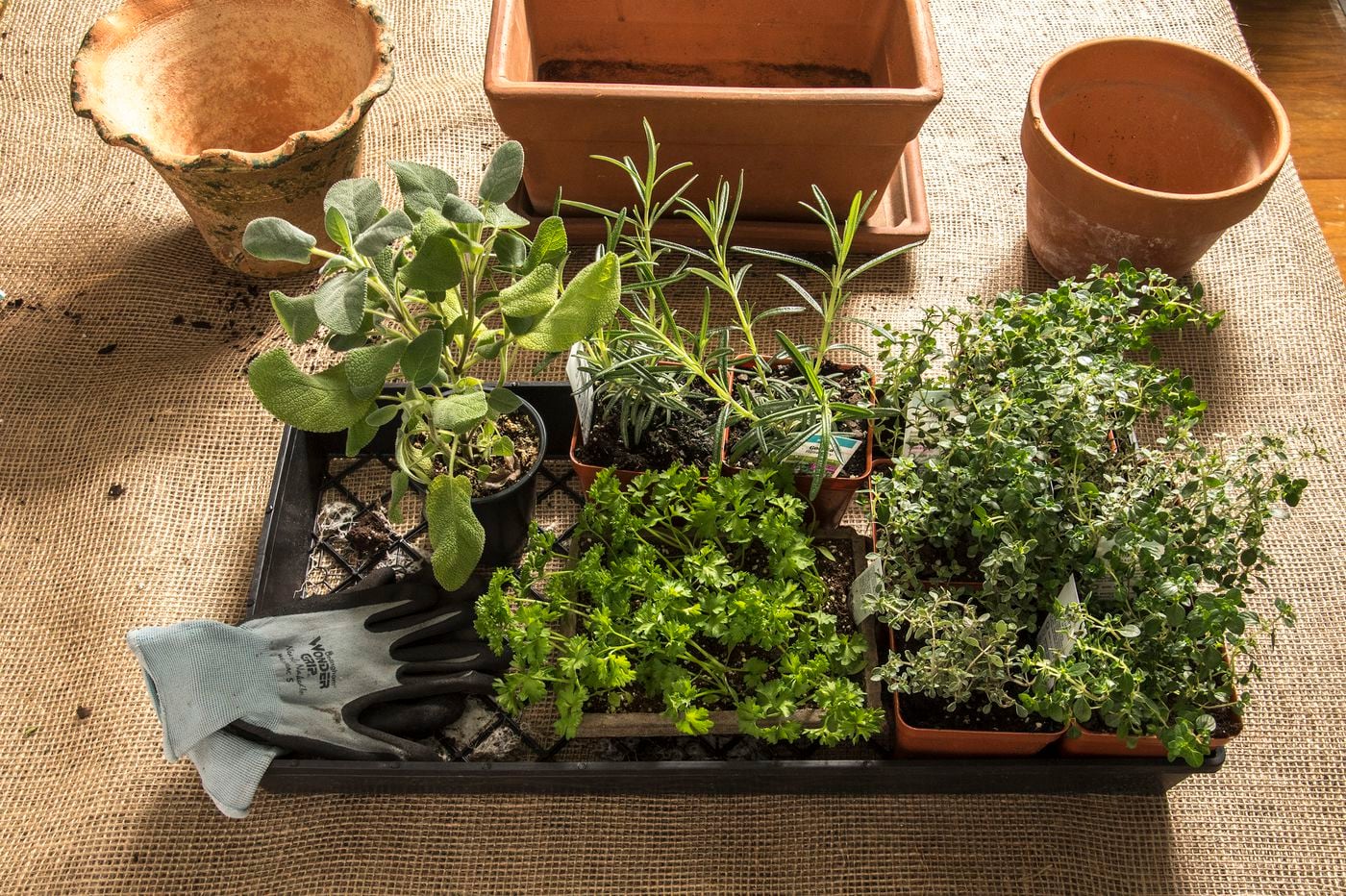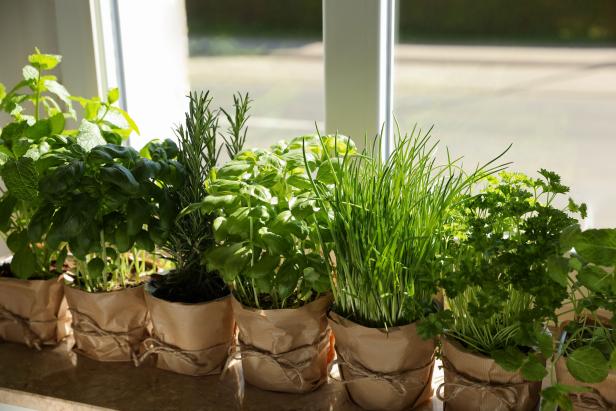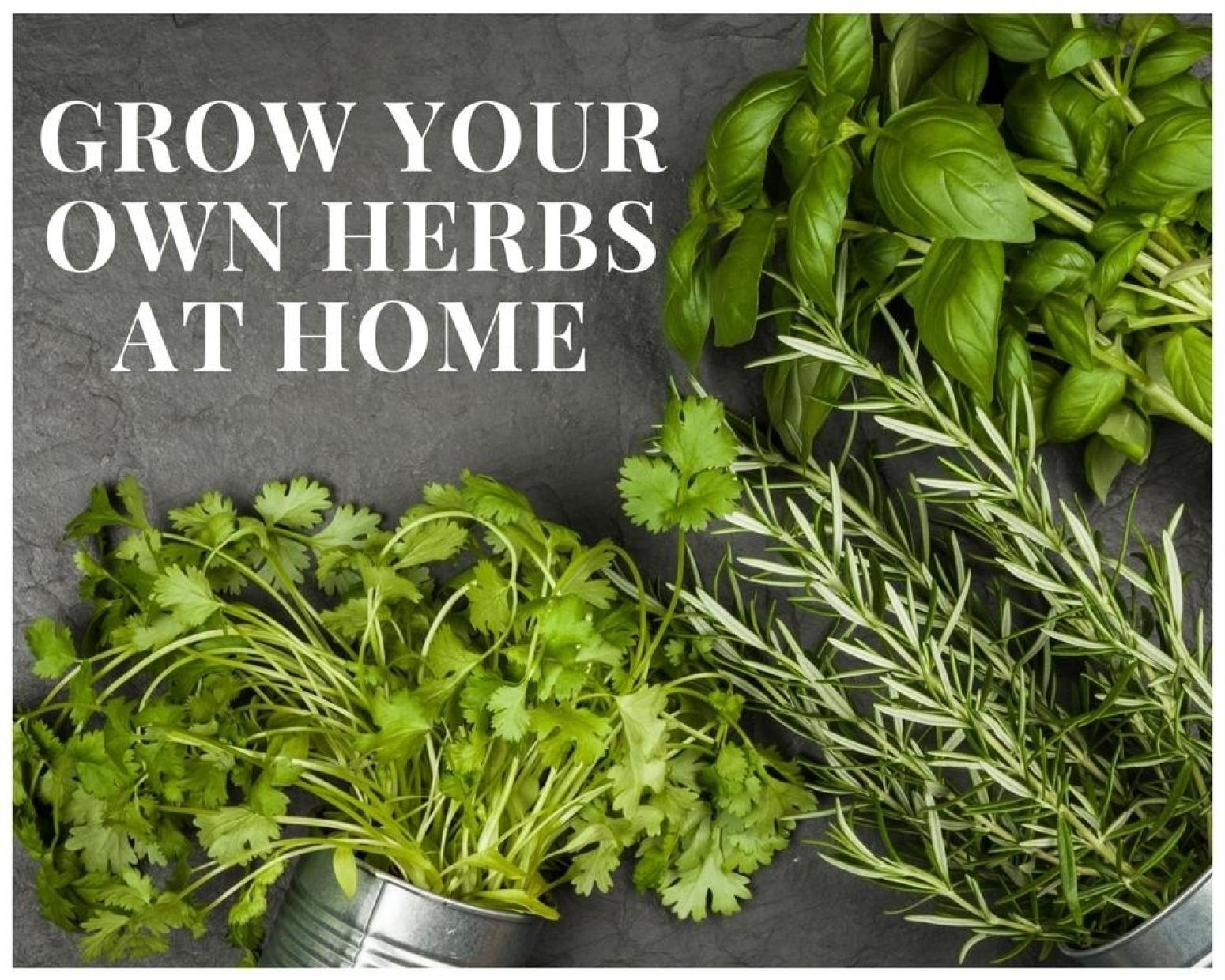Why Grow Herbs at Home?
Having fresh herbs at your fingertips can elevate your cooking and add a new level of flavor to your meals. By learning how to grow herbs at home, you can save money on store-bought herbs and enjoy the therapeutic benefits of gardening. Indoor herb gardens are a great way to bring some greenery into your home, and with the right care, they can thrive year-round. Whether you’re a seasoned chef or a beginner in the kitchen, growing herbs at home can open up a world of culinary possibilities. Plus, it’s a fun and rewarding hobby that can provide a sense of accomplishment and pride in your harvest.
Choosing the Right Herbs for Your Indoor Garden
When it comes to growing herbs at home, selecting the right varieties is crucial for a thriving indoor garden. Popular herbs that thrive indoors include basil, mint, and parsley, which are easy to care for and can be used in a variety of dishes. When choosing herbs, consider your climate and cooking needs. If you live in a hot and dry climate, herbs like rosemary and thyme may do well, while cooler climates may be more suitable for herbs like chives and cilantro. Additionally, think about the types of dishes you like to cook and choose herbs that will complement your favorite recipes. For example, if you love Italian cooking, basil and oregano may be good choices. By selecting the right herbs for your indoor garden, you’ll be well on your way to learning how to grow herbs at home and enjoying fresh flavors all year round.
Preparing Your Indoor Garden: Essential Tools and Materials
Before you start growing herbs at home, it’s essential to have the right tools and materials. To get started, you’ll need pots or planters with good drainage, high-quality potting soil, and a fertilizer specifically formulated for indoor plants. Pruning shears are also a must-have for trimming and shaping your herbs. When choosing pots, consider the size and material. Small pots are ideal for herbs like basil and mint, while larger pots can accommodate herbs like rosemary and thyme. Look for pots made from materials like ceramic or terracotta, which allow for good drainage and aeration. For soil, opt for a well-draining mix specifically designed for indoor plants. Fertilizers can be either liquid or granular, and should be applied according to the manufacturer’s instructions. By having the right tools and materials, you’ll be well on your way to learning how to grow herbs at home and enjoying a thriving indoor garden.
How to Plant and Care for Your Indoor Herb Garden
Once you have chosen the right herbs and prepared your indoor garden, it’s time to plant and care for your herbs. To get started, fill your pots or planters with a well-draining potting mix, and plant your herbs at the same depth as they were in their pots. Water your herbs gently but thoroughly, and make sure the soil is moist but not waterlogged. When it comes to fertilizing, use a balanced fertilizer specifically formulated for indoor plants, and follow the manufacturer’s instructions. Most herbs require bright, indirect light, so place them near a sunny window or under grow lights. Temperature control is also crucial, with most herbs preferring daytime temperatures between 65-75°F (18-24°C) and nighttime temperatures around 55-65°F (13-18°C). By following these steps and tips, you’ll be well on your way to learning how to grow herbs at home and enjoying a thriving indoor herb garden.
Common Mistakes to Avoid When Growing Herbs Indoors
When it comes to growing herbs at home, there are several common mistakes that can lead to herb garden failures. One of the most common mistakes is overwatering, which can cause roots to rot and lead to fungal diseases. On the other hand, underwatering can cause herbs to become stressed and vulnerable to pests. Another mistake is providing insufficient light, which can prevent herbs from photosynthesizing and growing properly. To avoid these mistakes, make sure to check the soil moisture regularly, and adjust your watering schedule accordingly. Provide your herbs with bright, indirect light, and consider using grow lights if necessary. Additionally, avoid overcrowding your pots, as this can lead to increased humidity and fungal diseases. By being aware of these common mistakes, you can take steps to prevent them and ensure a thriving indoor herb garden. Remember, learning how to grow herbs at home requires patience, attention to detail, and a willingness to learn from your mistakes.
Harvesting and Preserving Your Fresh Herbs
Once your indoor herb garden is thriving, it’s time to start harvesting and preserving your fresh herbs. The key to harvesting herbs is to do so at the right time, when the leaves are at their most flavorful and aromatic. For most herbs, this is in the morning, after the dew has dried but before the heat of the day. Simply pinch or cut off the leaves or stems you need, leaving enough to allow the plant to continue growing. To preserve your fresh herbs, there are several methods to choose from. Drying is a popular option, which involves tying herbs in small bunches and hanging them upside down in a warm, dry place. Freezing is another option, which involves chopping herbs and placing them in an airtight container or freezer bag. You can also use herbs to make oils, vinegars, and other flavorful condiments. By learning how to harvest and preserve your fresh herbs, you can enjoy the flavors and benefits of your indoor herb garden all year round. Whether you’re using your herbs in cooking, crafting, or beauty routines, the key is to have fun and be creative with your homegrown herbs. With a little practice and patience, you’ll be well on your way to mastering the art of how to grow herbs at home.
Troubleshooting Common Problems in Your Indoor Herb Garden
Even with the best care, indoor herb gardens can sometimes encounter problems. Pests, diseases, and nutrient deficiencies are common issues that can arise, but with the right knowledge, they can be easily overcome. One common problem is pests, such as spider mites, mealybugs, and aphids, which can be controlled with insecticidal soap or neem oil. Fungal diseases, such as root rot and leaf spot, can be prevented by ensuring good air circulation and watering carefully. Nutrient deficiencies can be addressed by using a balanced fertilizer and repotting herbs regularly. Another issue is yellowing or droopy leaves, which can be caused by overwatering, underwatering, or insufficient light. By identifying the problem and taking corrective action, you can quickly get your indoor herb garden back on track. Remember, learning how to grow herbs at home requires patience and attention to detail, but with practice, you’ll be able to troubleshoot common problems and enjoy a thriving indoor herb garden. By following these tips and being proactive, you can overcome common challenges and enjoy the many benefits of growing herbs at home.
Getting Creative with Your Homegrown Herbs
Now that you’ve mastered the basics of how to grow herbs at home, it’s time to get creative with your harvest. From cooking and crafting to beauty and wellness routines, the possibilities are endless. In the kitchen, try using fresh herbs to add flavor to soups, salads, and sauces. You can also use herbs to make teas, infusions, and marinades. For crafty types, herbs can be used to make potpourri, wreaths, and other decorative items. In the realm of beauty and wellness, herbs can be used to make natural skincare products, such as face masks and scrubs, and even herbal remedies for common ailments. With a little imagination, you can turn your indoor herb garden into a treasure trove of creative possibilities. Whether you’re a seasoned chef, a crafty DIY enthusiast, or a wellness warrior, growing herbs at home can open up a world of possibilities. So don’t be afraid to experiment and try new things – with a thriving indoor herb garden, the possibilities are endless!






